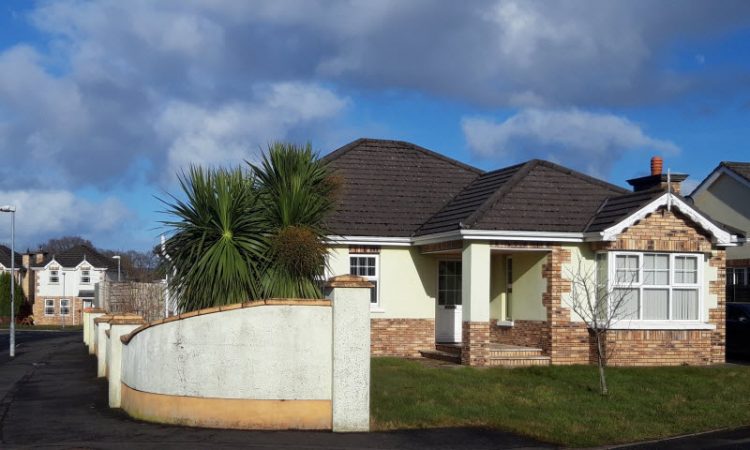
In the 1920s, most buildings in Belfast were built with solid brick or stone walls. A few years later, the concept of cavity walls was introduced. This meant that there were two wallswith a cavity filled with air (4-10cm). Here is what epc4less recommends if you want to increase energy efficiency in your house.
Homes built 1930-1980
Properties built before 1980 didn’t have insulated cavities because that was not a requirement at that time. Since the gap between the inner and outer wall was empty, heat would escape, making it more difficult to maintain a house warm during the cold months of the year.
If you want to insulate the cavity of your property you’ll need to hire cavity insulation specialists – this is usually not a DIY job.They will drill small holes (22mm) around the outer wall. After that they’ll mix polyester beads with adhesives and pump them through the holes. These materials help to trap air in the cavity preventing heat loss. They will fill the holes with cement or any other material that gives your home a good finish.
Homes built after 1980s
Building Control standards in Belfast, Northern Ireland, changed in 1980s. Since then all homes must be built with cavity insulation. The common materials used nowadays include polystyrene granules, king span blocks, and mineral fiber wool. While these materials are eco-friendly, what you use will depend on cost-benefit analysis.
Polyurethane foam has many advantages over other types of insulation like fiberglass. It can easily expand and can easily resist mold and mildew. While professional insulation is the best, you can also buy the material from a local manufacturer and do-it-yourself kits. Similarly, Kingspan insulation boards are popular in cavity insulation. They don’t absorb water, so you should not expect any moisture-related damage.
Does cavity insulation affect energy performance rating?
It’s estimated that about 30% of energy in our homes is lost through the walls. And with the energy prices going up every year, people are willing to invest in a property that will cost them less in energy bills. If your house has no cavity insulation then you could consider having an EPC survey at your property to assess the need and benefit of cavity insulation. Not all properties will benefit equally from having their walls insulated and for this reason it is advisable that you contact a Domestic Energy Assessor in Belfast.
For mid-terrace properties, cavity insulation has a small impact on EPC rating, whereas detached houses have a longer perimeter so they can benefit more from cavity insulation.
When you insulate the external walls of your house you may increase the EPC rating by 5-15 points (depending on the size of the property). If you have a bigger house, you should expect a higher impact on the EPC rating.
Cavity insulation improves the thermal performance of the walls. If the property is low on the EPC scale, you may need other energy performance solutions in place on top of the external wall insulation. But before you go into investing a lot of money in any solution, you should hire an EPC assessor in Belfast to check other aspects of your property. It may save you money and time. Expect to may around £50-£70 for your EPC survey – for properties located in and around Belfast, Northern Ireland.
